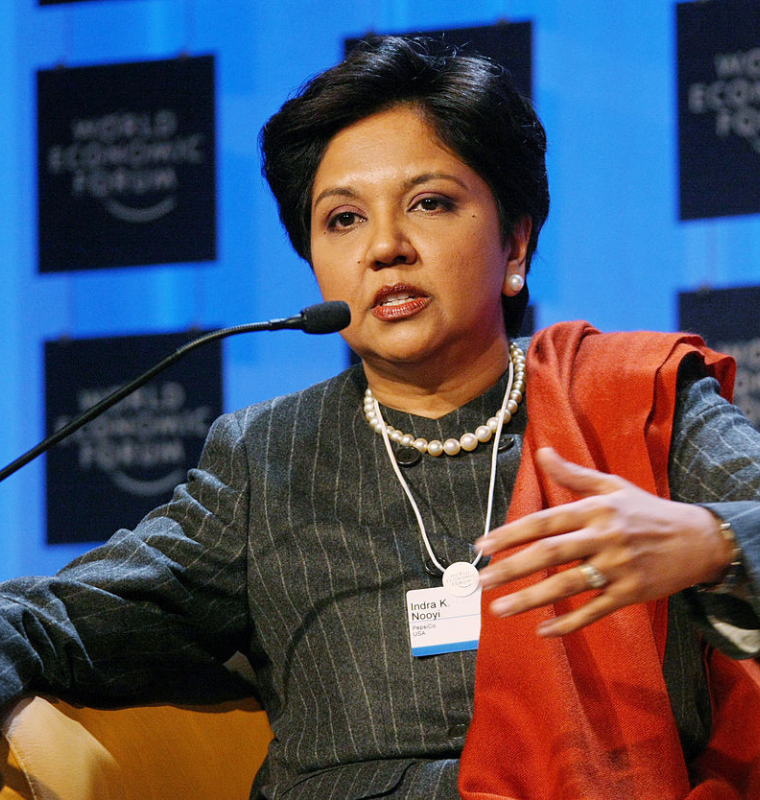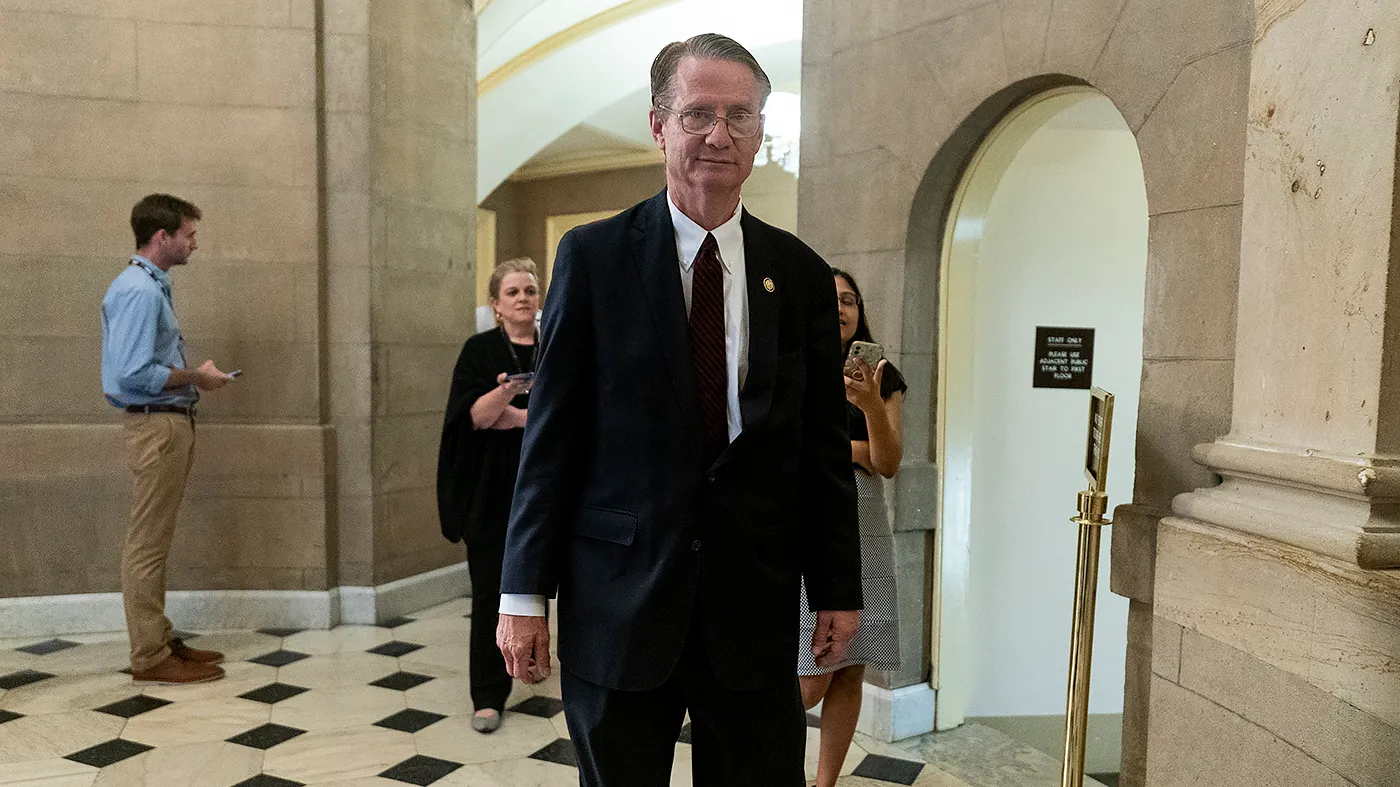Trump’s Tariffs Meant to Boost the Dollar — So Why Is It at a Three-Year Low?
Trump’s Tariffs Meant to Boost the Dollar — So Why Is It at a Three-Year Low?
By
Rachel Steinberg
Last updated:
June 26, 2025
First Published:
August 3, 2025

Photo: Euronews.com
New York, NY — In a year marked by economic turbulence and aggressive trade maneuvering, the U.S. dollar has defied expectations by tumbling nearly 10%, reaching its lowest level since early 2022, according to the U.S. Dollar Index, which tracks its value against a basket of six major currencies.
This sustained decline has puzzled many on Wall Street, who had anticipated a stronger dollar under President Donald Trump’s second term, bolstered by sweeping tax reforms and high tariffs meant to curb imports and stimulate domestic production.
A Strategy Misfiring: From Tariff Power Play to Currency Weakness
Tariffs are often expected to strengthen a nation’s currency by reducing import demand and narrowing trade deficits. But the Trump administration’s erratic approach — imposing, retracting, then raising tariffs — has introduced a level of policy volatility that’s unsettling global markets.
“Investors don’t like uncertainty,” said Barry Eichengreen, professor of economics at UC Berkeley. “And uncertainty is precisely what U.S. trade policy has delivered in 2025.”
This volatility has not only clouded investor confidence in the U.S. economy but has also sparked concerns about the reliability of the dollar as a safe-haven asset — a role it has historically enjoyed during global crises.
The Dollar’s Slump: Why It Matters
The weakening dollar presents both opportunities and risks. For American exporters and multinational corporations, a cheaper greenback can boost international sales by making U.S. goods more competitive abroad and enhancing the value of foreign revenue streams.
Additionally, it can draw more foreign tourists to the U.S. and potentially revive domestic tourism sectors post-pandemic.
But there are substantial downsides. A declining dollar may undermine global demand for U.S. debt. With foreign investors now requiring higher returns to compensate for currency losses, Treasury yields could rise, making it more expensive for the government and consumers to borrow.
“This isn’t just a currency issue. It’s about confidence in America’s fiscal and trade leadership,” noted Arun Sai, senior strategist at Pictet Asset Management. “That confidence is being tested.”
Confidence Erodes: Policy Instability and Debt Concerns
Investors are increasingly alarmed by the “flip-flop” nature of recent U.S. trade decisions and the ballooning national debt. Trump’s “One Big Beautiful Bill Act”, expected by July 4, contains further fiscal overhauls that some fear could deepen deficits.
Foreign creditors, particularly central banks, want predictability and a strong return on their dollar-denominated investments. But as the dollar sinks, so does the attractiveness of those assets.
“It’s hard to commit capital if you can’t trust what tomorrow’s policy will be,” said Sai. “The U.S. no longer feels like the automatic home for global investment.”
Global Shifts: Europe Gains as the Dollar Falters
The dollar’s weakness has helped fuel a significant 11.5% rise in the euro this year, its highest gain against the dollar in over four years. As a result, European equity markets and bonds have attracted fresh inflows, offering investors more stable returns and diversification.
Jason Blackwell, chief strategist at Focus Partners Wealth, says U.S.-based investors should consider international mutual funds and ETFs to capitalize on foreign currency gains and rising overseas valuations.
“This is not necessarily a vote against the U.S.,” Blackwell said. “It’s more about recognizing opportunity elsewhere.”
The Bigger Picture: Dollar Hegemony Facing Its First Real Test?
While the dollar remains the world’s most traded and liquid currency, analysts believe its dominance is under gradual pressure. A recent Bank of America survey showed global fund managers holding their lowest dollar exposure since 2005.
Francesco Pesole, an FX strategist at ING, noted that while the dollar’s supremacy isn’t vanishing overnight, the rate of erosion is accelerating.
“It’s still the world’s primary reserve currency — but investors are looking at alternatives more seriously than they have in decades.”
Outlook: The Road Ahead
As trade disputes linger, and tariff uncertainty continues to cloud the U.S. growth narrative, the dollar’s path forward may remain volatile. While some in the administration argue that long-term benefits will eventually materialize, market sentiment is clearly showing signs of skepticism.
The dollar's fate, once considered a constant in global finance, now hinges on whether Washington can deliver not just bold policies — but consistent, credible ones. Until then, the greenback may continue to drift as the world seeks new anchors.
Popular articles
Subscribe to unlock premium content
Indra Nooyi’s Strategic Vision at PepsiCo: Balancing Profitability with Purpose

Nike’s Direct-to-Consumer Revolution: How Cutting Retailers Boosted Profits and Control

Spotifys Playlist Power Turning Music Curation Into An Advertising Goldmine

Indra Nooyi’s Strategic Vision at PepsiCo: Balancing Profitability with Purpose

Nike’s Direct-to-Consumer Revolution: How Cutting Retailers Boosted Profits and Control

Indra Nooyi’s Strategic Vision at PepsiCo: Balancing Profitability with Purpose









